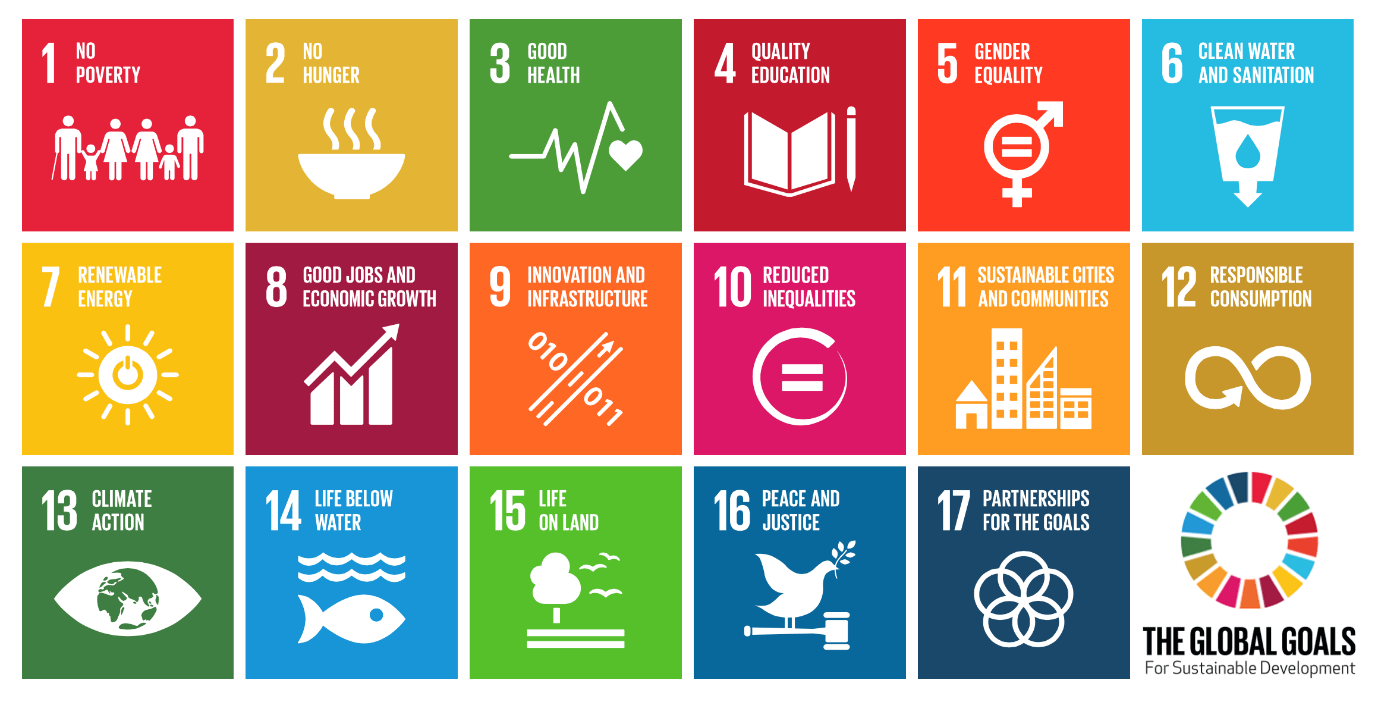Environmental, social and governance (ESG) criteria have become a popular way for investors to evaluate companies in which they might want to invest.
This is the new 2021 keyword used for assessing companies and the practices they have put in place to secure a better future for us all, advises Cosmin Saltan, founder of See Forward C>.
Investors are carefully analysing the ESG benchmark to avoid companies that might pose a greater financial risk due to their environmental or cultural practices. The social element analyses how a company manages its relationships with employees, suppliers, customers and the communities where it operates.
ESG investments have been recently seen as similar to socially responsible investing, sustainable investing, responsible investing, or impact investing. To help with the ESG integration, another layer of analysis was introduced by the UN through the 17 sustainable development goals (SDG).
Out of the 17 SDGs, good health and well-being (number 3), and quality education (number 4) are resources that can directly influence the productivity and profit of a business. Investing in these points reflects positively on the return of investment (ROI) and ESG.

We have all seen how important good health and well-being are, as we have all been affected without exception by recent events. Some have been ill since the pandemic started; some have lost dear ones, and for all of us, indiscriminately, the levels of anxiety and stress are sometimes overwhelming.
Finances around the world have been affected and economists predict a K-shaped recovery with different rates, times, or magnitudes. It is a difficult period for us all, both psychologically and professionally. Latest research from the Office for National Statistics shows that 1 in 5 (21%) adults experienced some form of depression in early 2021 (27th January to 7th March).
In the last year, many businesses had to fragment their operations in order to survive. On one hand, most businesses had to learn how to reach employees working from home, had to learn how to reach remote teams and at the same time learn how to invest in employee well-being. A further challenge was finding the right education channels in helping employees be more productive and making staff more resilient.

Employees on the other hand, faced increased pressure as they had to be more flexible to management and market demands. All their digital skills had to be upgraded and new platforms like Zoom, Teams and Meet had to become familiar.
All of this resulted in a temporary misalignment between management and employee, between supply and demand. As the pandemic starts to ease, we begin to look for new ways of helping employees reach the wellbeing they seek and improve their mental health.
We know that a quick fix will not deliver long-term results and therefore we need to look for habit forming solutions. It took us some time to get used to working from home or engaging remotely with colleagues and customers. Now we need some time to adjust back to the way we used to work or to our new ‘hybrid’ environment. Even in our private lives, some took comfort in the security of their homes and even if the restrictions were lifted, they prefer staying in rather than going out.

Habits can work for us or against us. It is up to us to determine which habits are constructive or not. It is up to us to determine what we want to change or what we want to keep and, in a way that is the ultimate freedom, the ultimate responsibility.
We are aware that people want to change or develop in their own privacy, time and terms. One solution does not fit all so we need to make sure we allow our individuality to express itself again. Not all employees will want to broadcast weak periods or attributes. For example, sales professionals do not want to share their struggle with stress and men tend to bottle up their emotions.
Now is the time to identify workplace tools that prioritise a healthy mindset and improve well-being. Both fundamentals and the latest research play an important role in designing forward-looking mindset and workplace cultures. We need to further encourage a healthy dialogue and exchange ideas on the topic of workplace culture building.
In consequence, is there a direct correlation between employee well-being, turnover and profitability?
According to Harvard researchers, workplace wellness programs can generate savings. On average, for every dollar spent on employee wellness, medical costs fall by $3.27 and absenteeism drops by $2.73. This is a 6-to-1 return on investment (ROI).
A Harvard Business Review article confirmed that ROI can be attained through employee wellness programs. Medical claim costs declined by $1,421 per participant, compared to the previous year and every dollar invested in the employee wellness program yielded $6 in health care savings.
A LinkedIn retention study reviewed 32 million profiles to discover 3 factors why employees stay in their jobs:
- Employees who change positions within the firm are more likely to stay – even if they’re not getting a promotion
- Management matters: Companies with highly rated management saw better retention
- Empowered employees are loyal employees
There is a duty of care for all employees we train, retain or release. Even more, supporting leavers during a period of change is morally and ethically important, but it also sends a positive message to those that remain.
The main idea we can take from the studies is that the employment social component helps with employee retention and satisfaction. The research data shows that any well-being investments will further contribute to employee retention and yield a positive ROI.
If you would like to understand and expand on how to find the right solution, please get in touch.
Written by Cosmin Saltan, founder of See Forward C>.















